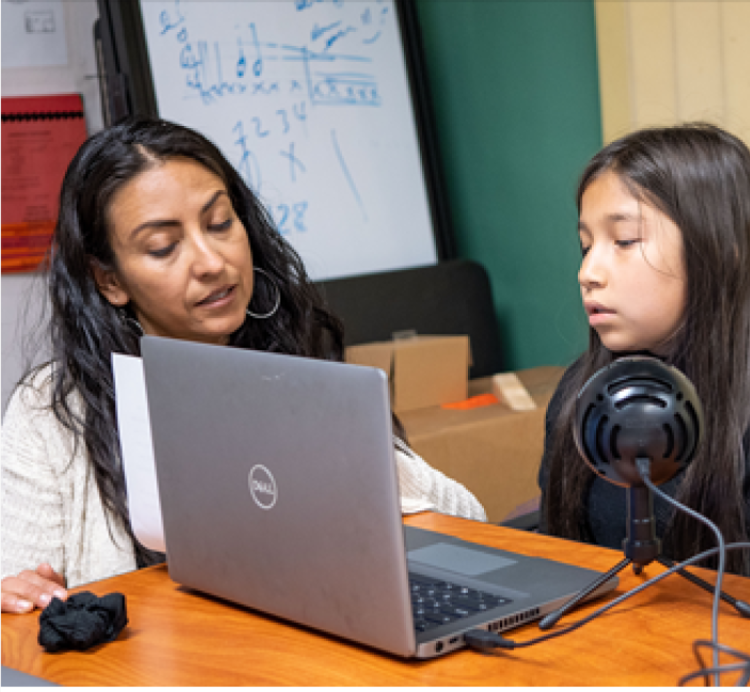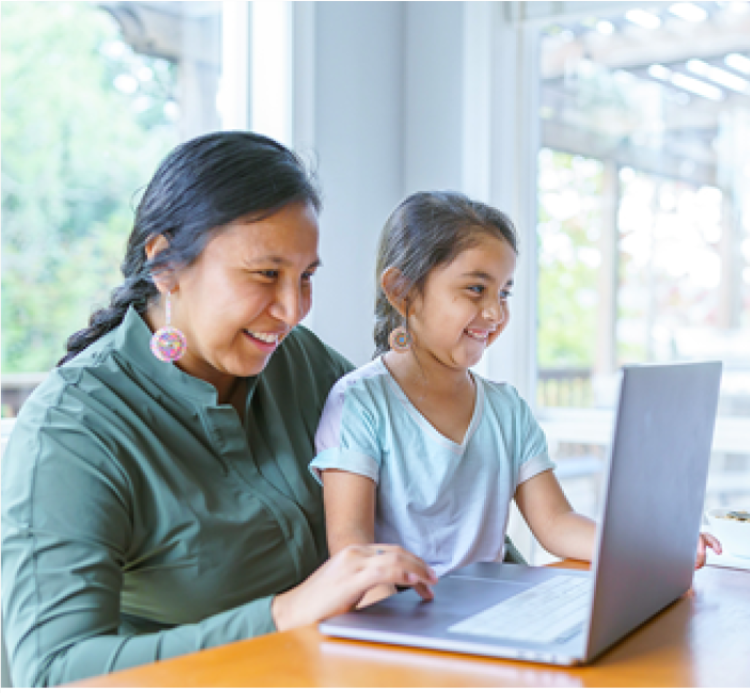Information
| Pivot to Remote Learning Planning Resources This guide provides a comprehensive roadmap for schools and educators on effectively pivoting to remote instruction. The shift to remote learning presents unique challenges, but with careful planning, clear communication, and a focus on student engagement and well-being, schools can create a successful and enriching remote learning experience for all students. Emphasizing the use of technology, synchronous and asynchronous teaching methods, and a strong support system for students, parents, and teachers, this guide aims to equip educational institutions with the necessary tools and strategies to adapt seamlessly to remote instruction during challenging times. By prioritizing collaboration, flexibility, and continuous improvement, schools can ensure that learning never stops and students continue to thrive in a remote learning environment. |
Technology and Device Access:
- Ensure equitable access to technology and devices for all students, including those from remote and underserved communities.
- Develop a policy for distributing devices to students in need and addressing any connectivity challenges.
Internet Connectivity and Digital Infrastructure:
- Establish guidelines for providing reliable internet connectivity to students and staff, especially in rural or remote areas.
- Implement measures to safeguard data and protect the digital infrastructure from cyber threats.
Remote Learning Platforms and Tools:
- Define a policy for selecting and adopting remote learning platforms and tools that align with the curriculum and meet the needs of diverse learners.
- Ensure that the selected platforms comply with privacy and data protection regulations.
Curriculum and Instructional Design:
- Develop guidelines for adapting the curriculum and instructional methods to suit remote learning.
- Encourage teachers to design engaging and interactive remote lessons that foster student participation and learning.
Synchronous and Asynchronous Learning:
- Establish a policy on balancing synchronous (live) and asynchronous (self-paced) learning activities to provide flexibility and accommodate students' diverse needs.
- Define expectations for students' participation and engagement in both types of learning activities.
Professional Development for Teachers:
- Outline a plan for providing teachers with ongoing professional development on effective remote teaching strategies, technology use, and best practices.
- Encourage collaboration among teachers to share successful remote teaching approaches and resources.
Assessment and Grading:
- Develop guidelines for conducting formative and summative assessments in a remote learning environment.
- Determine a fair and reliable grading system that considers the challenges and opportunities of remote learning.
Special Education and Inclusion:
- Establish policies to ensure that students with disabilities and diverse learning needs receive appropriate accommodations and support during remote learning.
- Collaborate with special education staff and families to address individualized learning plans and support services.
Parent and Community Engagement:
- Create policies and strategies to involve parents and the community in supporting remote learning.
- Foster open communication channels to keep parents informed and engaged in their child's education during remote learning.
Attendance and Participation:
- Define guidelines for monitoring student attendance and participation in remote learning activities.
- Address strategies for engaging students who may face barriers to remote learning.
Data Privacy and Security:
- Develop a comprehensive data privacy policy to protect student and staff information during remote learning.
- Ensure compliance with relevant data protection regulations and secure storage of sensitive data.
Crisis Management and Communication:
- Establish protocols for responding to emergencies or unexpected disruptions in remote learning.
- Outline a clear communication plan for disseminating information to students, staff, parents, and the wider community during such situations.
Transitioning Back to In-Person Learning:
- Plan for a smooth transition back to in-person learning when it is safe to do so, considering potential adjustments to schedules and curriculum.
- Address any potential learning gaps and the well-being of students during the transition.
By addressing these policy considerations, BIE schools can effectively pivot to remote learning while ensuring a high-quality and inclusive educational experience for all students. A well-planned and informed approach to remote learning policies will enable schools to navigate challenges and provide students with the support they need to succeed in a remote learning environment.
Use these links to access information based on user type and/or implementation speed.





